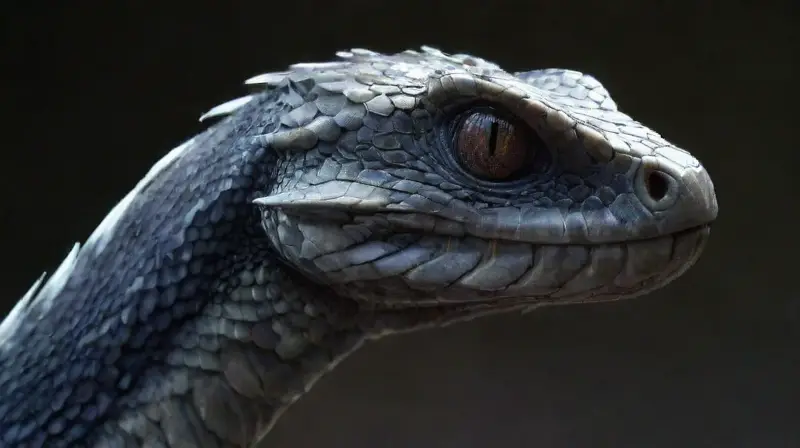Traditional snake and dragon tattoos are rich in symbolism and have a deep-rooted history across various cultures. These designs are not just decorative; they often convey powerful messages about strength, wisdom, and transformation. Over centuries, the imagery of snakes and dragons has evolved, but their significance remains universal in many societies.
Many people choose these tattoos to represent personal journeys or to honor cultural heritage. The striking appearance of these mythical and real creatures makes them popular choices for body art that aims to make a bold statement. Understanding their origins enhances appreciation for their enduring appeal.
The Significance of Snakes in Tattoo Culture
Snakes have held symbolic meanings since ancient times. In many cultures, they are associated with rebirth and transformation due to their shedding of skin. This process signifies renewal, growth, and the cycle of life.
In tattoo art, snake designs often symbolize protection, healing, and spiritual awakening. They can be depicted coiled, ascending, or intertwined, each posture carrying different meaning. The snake’s dual nature as both a threat and a protector makes it a versatile symbol in body art.
Historically, snake imagery has appeared in various mythologies, such as the Greek Ouroboros representing eternity or the Egyptian cobra symbolizing sovereignty. These historical contexts influence contemporary interpretations of snake tattoos.
The Power of Dragons in Cultural Symbolism
Dragons are legendary creatures found across numerous civilizations, especially in Asian and European cultures. They symbolize power, wisdom, and auspiciousness, often guarding treasures or sacred sites.
In Asian traditions, particularly Chinese folklore, dragons are benevolent beings associated with water, weather, and divine strength. Their elongated bodies and flowing forms lend themselves well to intricate tattoo designs, embodying fluid motion and energy.
European dragons are frequently depicted as fierce and mighty beasts, representing chaos or challenges to be overcome. Tattoo enthusiasts may choose dragon images to signify resilience or personal victory. Their mythic presence continues to evoke awe and reverence in modern art.
The Interplay of Snake and Dragon Symbols

Combining snakes and dragons in a tattoo creates a dynamic symbolic narrative. Since both creatures can represent transformation and power, their interplay can portray balance and harmony.
In some traditions, the snake and dragon are seen as two sides of the same coin, embodying different aspects of nature. The snake, often associated with the earth and grounding, complements the dragon’s air or celestial attributes.
Designing a tattoo with both creatures allows for artistic expression of duality—such as life and death, chaos and order. This combination can also signify a personal journey of overcoming obstacles and embracing change.
Styles and Variations of Snake and Dragon Tattoos
Snake and dragon tattoos come in a variety of artistic styles. Traditional, realism, Japanese, and tribal are just a few popular approaches used by tattoo artists.
Japanese tattoos often feature vibrant colors, flowing movements, and intricate detailing, especially in dragon and snake imagery. These designs tend to be highly symbolic, reflecting cultural stories and myths.
Realistic tattoos aim to depict these creatures with lifelike detail, capturing their textures and scales. Meanwhile, tribal styles utilize bold lines and abstract forms to create striking visual effects. Each style offers a unique way to interpret the traditional symbols.
Placement and Popular Combinations

The placement of snake and dragon tattoos greatly influences their impact. Common locations include the arms, back, chest, and legs, where the designs can flow with the body’s curves.
Often, these creatures are depicted in dynamic poses— coiling around limbs or flowing along the torso— emphasizing movement and vitality. The scale and size of the tattoo determine how much detail can be incorporated for greater visual effect.
Popular combinations include pairing a snake and a dragon to signify balance or personal dualities. Some opt for large, integrated scenes to convey complex stories while others choose smaller, subtle versions for personal meaning.
Historical Evolution of Snake and Dragon Tattoos
The history of these tattoos reflects evolving cultural attitudes. Ancient civilizations, such as the Chinese and Greeks, used snake and dragon imagery to denote divinity and authority.
During different periods, the symbolism shifted with societal values. In medieval Europe, dragons often represented chaos and danger, while in Asian cultures, they remained symbols of prosperity and good fortune. The designs were often territorial markers or protective symbols.
Today, the blend of traditional and modern influences has made snake and dragon tattoos more diverse than ever. They serve as a bridge between ancient legend and contemporary self-expression, preserving their timeless appeal.
Conclusion
Traditional snake and dragon tattoos continue to captivate with their rich symbolism and artistic diversity. They embody concepts of power, transformation, and spirituality that resonate across cultures and generations.
Choosing a snake or dragon tattoo is more than an aesthetic decision; it is a personal emblem that can signify resilience, wisdom, or inner strength. Their historical significance enhances the meaning behind each design, making them a profound form of self-expression.





